WWs: WWII Pacific Theater
5.0(4)
5.0(4)
Card Sorting
1/19
Earn XP
Description and Tags
Study Analytics
Name | Mastery | Learn | Test | Matching | Spaced |
|---|
No study sessions yet.
20 Terms
1
New cards
Battle of Iwo Jima
6 week battle. 6,8000 Americans and more than 20,000 Japanese soldiers were killed. Fought on a sulphuric island (to capture Mr. Suribachi) this battle is most famous for the photograph of US marines lifting the American flag
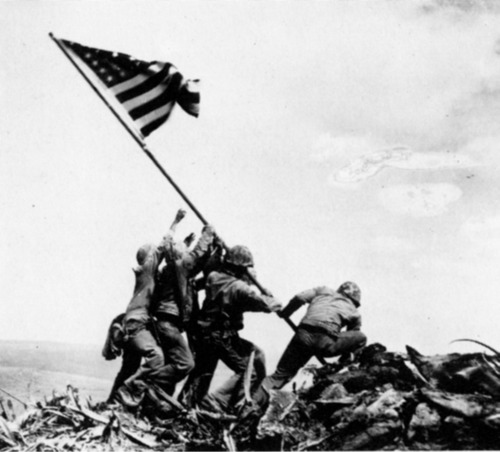
2
New cards
Battle of Tarawa
Bloody battle on small island that taught the US many lessons about amphibious assaults. Most of the fighting occured in the first 76 hours, as the Japanese forces refused to surrender.

3
New cards
Battle of Wake Island
1941: Following the attack on Pearl harbor, the Japanese went on an offensive too attack the outnumbered marines, the marines caused an extraordinary amount of casualties before falling.
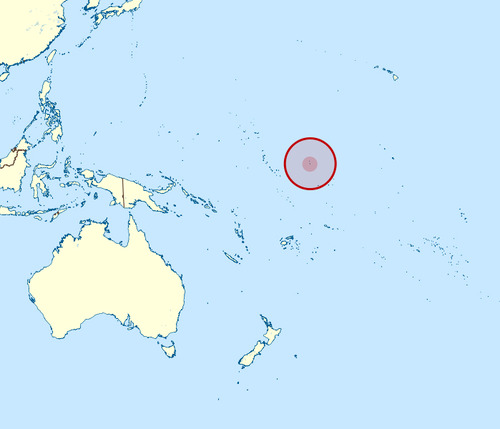
4
New cards
Submarine Campaign
The submarine and mining campaigns virtually cut off Japan from outside military and economic resources.
5
New cards
Operation Downfall
Allied plan for the invasion of Japan
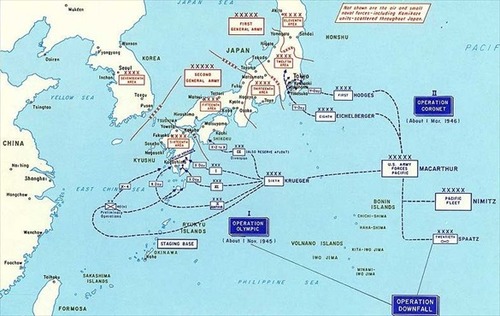
6
New cards
Battle of the Philippine Sea (Marianas Turkey Shoot)
A decisive 1944 naval victory for the United States fleet over the Japanese who were trying to block supplies from reaching American troops on Leyte. Battle occurred above the sailors heads as 700+ Japanese planes were destroyed . Tojo resigned.
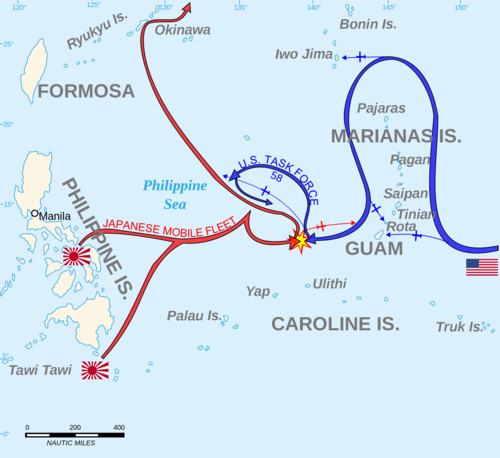
7
New cards
Battle of Leyte Gulf
1944. Naval battle between the United States and Japan. Largest naval engagement in history. Japanese navy was defeated due to heavy losses.
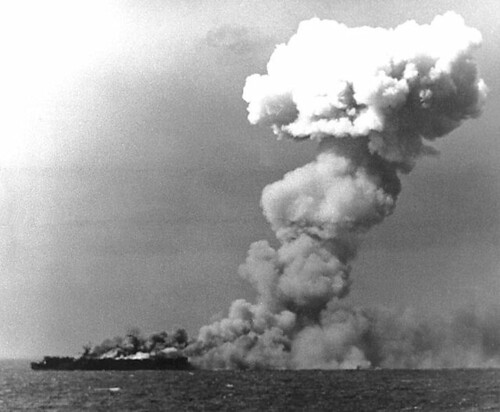
8
New cards
Japanese Surrender
On August 6, 1945, the Enola Gay dropped an atomic bomb on Hiroshima. killed and injured 140,000. Next, another bomb was dropped on Nagasaki on August 9. On Aug. 14, the emperor, Hirohito, announced that his nation would surrender and on Sept. 2 the official surrender took place on the USS Missouri= VJ Day
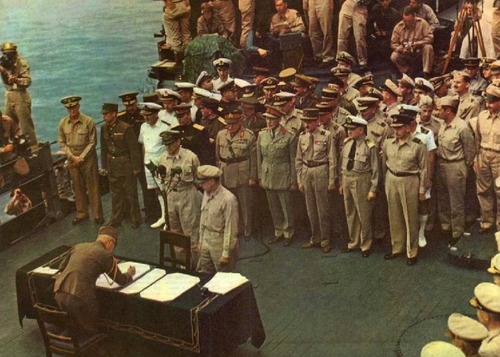
9
New cards
Rape of Nanking
infamous genocidal war crime committed by japanese military in Nanjing. started in 1937 and lasted a few weeks. japanese army raped, stole and killed prisoners of war and civilians

10
New cards
Pearl Harbor
7:50-10:00 AM, December 7, 1941 - Surprise attack by the Japanese on the main U.S. Pacific Fleet harbored in Pearl Harbor, Hawaii destroyed 18 U.S. ships and 200 aircraft. American losses were 3000, Japanese losses less than 100. In response, the U.S. declared war on Japan and Germany, entering World War II.
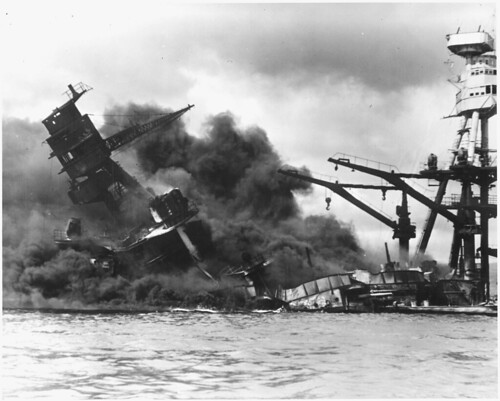
11
New cards
Battle of Guadalcanal
a 1942-1943 battle fought in the dense jungle, in which Allied troops drove Japanese forces from the Pacific island of Guadalcanal
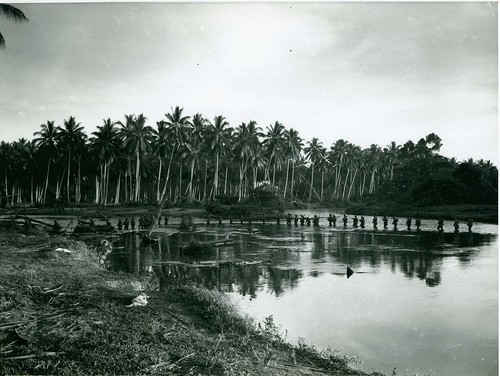
12
New cards
Battle of Midway
U.S. naval victory over the Japanese fleet in June 1942, in which the Japanese lost four of their best aircraft carriers. It marked a turning point in World War II.
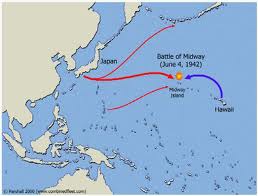
13
New cards
Battle of Coral Sea
Fought on May 7-8 1942; Caused heavy losses on both sides; Japanese won a tactical victory because they sank US carrier Lexington; Americans claimed a strategic victory by stopping Japan's drive towards Australia
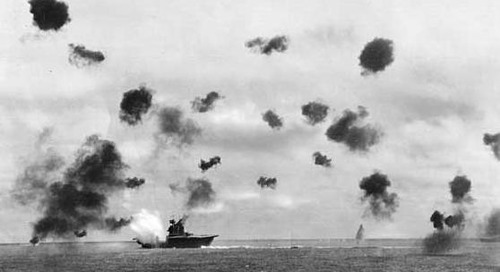
14
New cards
Baatan Death March
In 1942, the Japanese marched 70,000 Filipino and American soldiers 60 miles to a prison camp under harsh conditions resulting in heavy casualties.
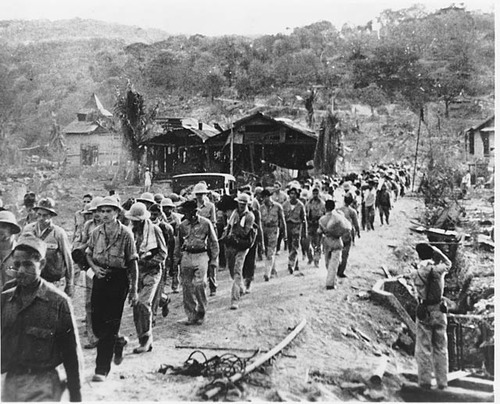
15
New cards
Doolittle Raids
Attack on Tokyo as revenge for Pearl Harbor; did not cause much damage, but led to a morale boost in the U.S. and skepticism in Japan regarding victory
16
New cards
Battle of Saipan
This was a decisive battle in the Pacific war. Using the newly developed B-29 bombers, Tokyo was within bombing range of Saipan.

17
New cards
Operation Forager
US plan to capture islands to use as B-29 bases in Marianas and Palau Islands.
18
New cards
Bombing of Hiroshima and Nagasaki
After much deliberation, the U.S. decided to drop their newly developed atomic bomb on Hiroshima killing thousands. After Japan didn't immediately surrender, the U.S. dropped another one a two days after on Nagasaki also killing thousands.
19
New cards
MacArthur Retreats
The Philippines fall to the Japanese right after Pearl Harbor. On Roosevelt's orders, MacArthur is forced to leave his soldiers behind at Corregidor. (Vowing to return).
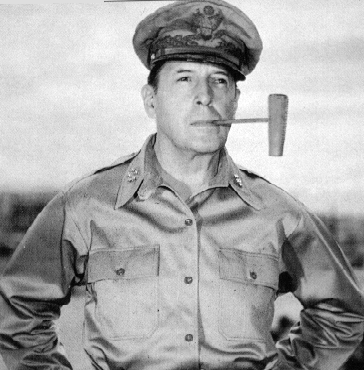
20
New cards
Bombing of Tokyo
Strategic bombing and urban area bombing began in 1944 after B-29 Superfortress bomber entered service destroying the city and killing over 100,000 Japanese.